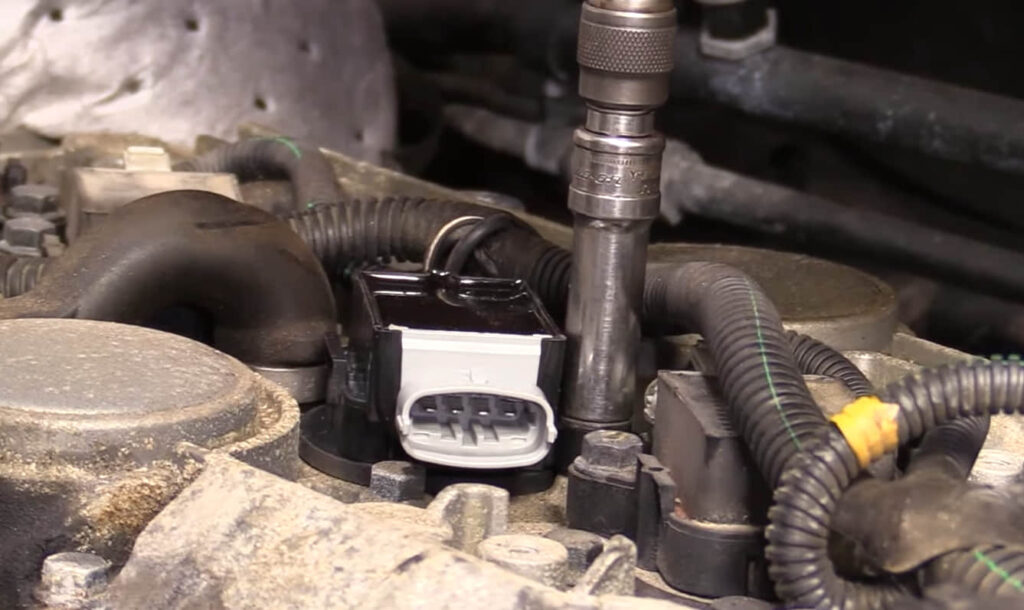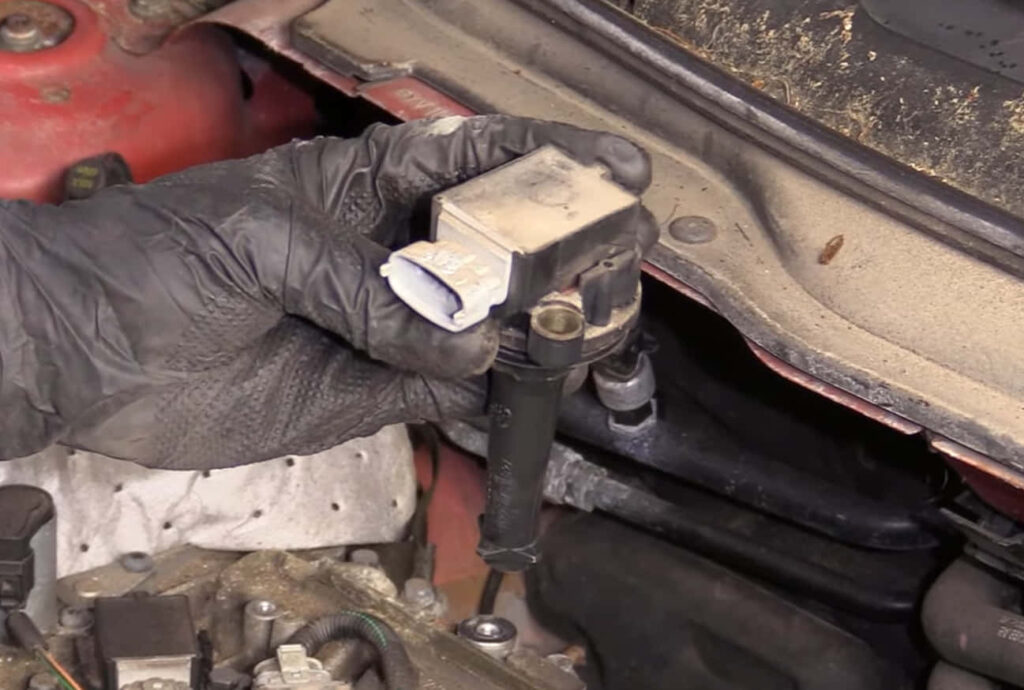A Volvo S40 ignition coil problem can be a pain to deal with.
Just when you think there are no issues with your vehicle, suddenly, a problem will come along and make the day difficult for you.
When it comes to an ignition coil problem, certain symptoms can come along. For instance, you may notice symptoms such as bad fuel economy, engine misfires, difficulty with starting the engine, fuel leaks, rough idle, check engine light turns on, and a reduction in the vehicle’s power.
If you notice these signs in your vehicle, it may be time to have a closer look at it to determine what you can do to get these issues fixed. Let’s get right into it.

Contents
What Is A Volvo S40 Ignition Coil Problem
First off, let’s talk about the ignition coil. This component assists in starting your engine. Also referred to as the spark coil, it is a critical part of your ignition system.
Your battery has 12 volts, yet more volts are required to start the ignition on your spark plug. Thus, your ignition coil that acts as a small transformer delivers more volts to your battery by transforming the actual number of volts present.
However, without any energy from the ignition coil, it is not possible for your spark plug to generate the spark required for a combustion. As a result, you will not be able to start your vehicle.
If you notice any of the symptoms we have included below, it may be time to have your ignition coil inspected and repaired.
1. Starting issues
As we have mentioned, you may be going through some ignition coil problems when it is difficult to start the engine. When more ignition coils are bad, then it will begin to malfunction, making it challenging to get the engine started. But keep in mind that there are also other causes of starting issues, so it is best to confirm whether the culprit is indeed the ignition coil or something else.
2. Stalling or misfiring
When your vehicle is in idle, the engine may stall or misfire. It also happens when you accelerate or suddenly stop. Hence, it may be an issue with the ignition coil. A common sign of a misfire is a sputtering or coughing noise, and you may also feel a strong vibration. This means that your cylinders are not firing properly.
Moreover, misfires happen when your engine is under a lot of strain.Then, it tends to produce more emissions. So, it is important to get the ignition coil inspected, especially when stalling happens a lot due to irregular sparks that your spark plug sends out – all because of a bad coil.
3. Reduced fuel economy
A reduced mileage from a full tank – which never used to happen before – can be caused by a faulty ignition coil. When the spark plugs don’t get ample power, the ignition system compensates this by putting in more fuel. You may also observe leaks of fuel, which is another sign that your ignition coil is damaged.
But there are also other reasons behind poor fuel economy including a dirty engine filter or a faulty MAF sensor, which is why you should consider ruling out these other issues before blaming it on the ignition coil.
4. Check engine light turns on
Your check engine light turns on when there is a problem with your engine. So, if the ignition coil is problematic, this can trigger the light to illuminate. This is why you should not ignore the light once you see it since your engine may be having some issues.
You may also want to perform an OBD-II check, which your mechanic can do for you, unless you have your own OBD-II scanner. When you see error codes such as P0300 up to P0312, then it means there are misfires. Ignition coil issues are associated with error codes P0350 up to P0362.
Testing Your Ignition Coil

If you suspect that your ignition coil is having problems, then you may want to test it. However, you need to be very careful since it is dangerous when done the wrong way. This is why it is still best to have a specialist do this for you because of the proper tools and techniques they possess.
The most common way of testing the coil is by using the OBD-II scanner. But you can also take a look at the coil itself and inspect it for signs of damage. The wiring tells a lot about the condition of the coil since if the wires appear to be deteriorated or damaged, then it is one of the reasons why the ignition coil is acting up.
Moreover, you may also check for bent terminal pins or loose connections. In some cases, liquids or signs of moisture on the coils can be culprits since fluid can damage the coil.
In case there is a need to get your ignition coil replaced, it can cost you a lot of money, specifically for newer models. But thankfully, it is not a very expensive repair, which is why it is ideal to consider an ignition coil repair if a replacement is not a great need.
Read More: Some Volvo S40 Cutting Out Problems – How To Deal With These
Final Word
A Volvo S40 ignition coil problem can be concerning, especially when you notice certain symptoms while using your vehicle. We hope this post has been helpful in determining the causes and signs of an ignition coil problem and proper ways to go about the troubleshooting and repair.